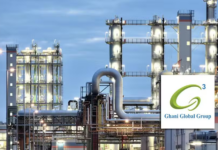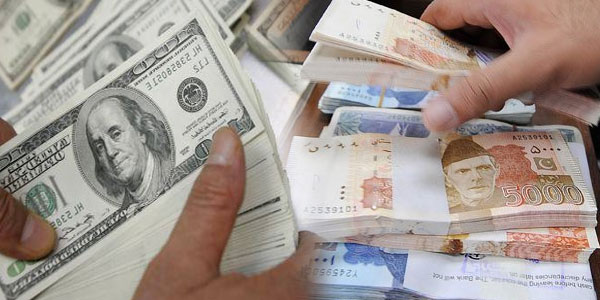ISLAMABAD: A United Nation report cautioned Pakistan’s policy of keeping the rupee stable could become untenable if the US dollar appreciates against other world currencies.
It mentioned a stable rupee could be satisfying for some traders and investors, but this policy was extracting valuable foreign exchange reserves, reported Dawn.
UN report is a year-end update of its flagship Economic and Social Survey for Asia and the Pacific for 2017 which was outed by United Nations Economic and Social Commission for Asia and the Pacific (ESCAP).
The report stated if US dollar strengthens against major world currencies in global markets, Pakistan’s policy of maintaining stronger rupee could be disastrous and may force the authorities to devalue the currency at some point of time.
Also, the report said Pakistan has experienced growth in investments due to improving business sentiment, low interest rate regime and rising infrastructure spending. Majority of private sector credit is being provided by fixed investments.
UN cautioned this atmosphere of strong currencies prevailing in Asia won’t last long, as developed economies are normalizing their fiscal/monetary policies by raising interest rates from historical lows and ending their quantitative easing measures.
It estimated a growth rate of 5.3 per-cent for Pakistan during 2017 and 5.6 per-cent in 2018. It highlighted the country’s widening current account deficit which touched $12.1 billion in FY 17 equivalent to 4pc of GDP.
The reasons for widening current account deficit were attributed to declining commodity exports, rising imports of capital goods under China-Pakistan Economic Corridor (CPEC) and non-CPEC infrastructure projects, the report read.
Inflation in Pakistan is estimated to rise from 4.2 per-cent in FY 17 to 5.5 per-cent in FY 18. The governments debt as percentage of GDP was 66.9 per-cent, percentage of tax revenues stood at 631.4 and public external debt as percent of GDP stood at 22.
External debt as percentage of exports plus remittances was recorded at 15.7 and concessional external debt as percentage of government debt stood at 19.7, the UN report said.
























